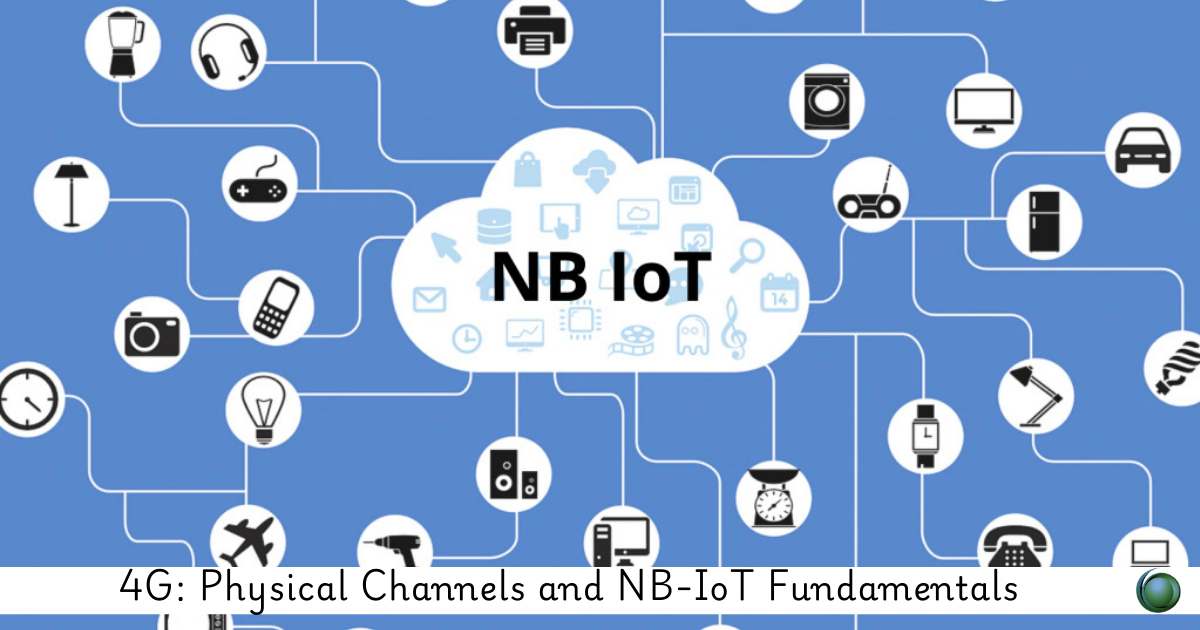Description
Introduction:
This 4G for NB-IoT Fundamentals course provides a comprehensive overview of 4G cellular technology, focusing on the physical channels and the fundamental concepts behind Narrowband IoT (NB-IoT). Participants will explore the key physical layer characteristics of 4G networks, including resource blocks, subcarriers, and physical channels. The course also covers the specialized features of NB-IoT, designed for low-power, wide-area communication, which is a critical part of the 4G ecosystem and beyond. This training aims to equip network engineers, IoT developers, and telecommunication professionals with the skills necessary to understand and implement 4G and NB-IoT technologies effectively.
Prerequisites:
- Basic understanding of mobile networks and cellular technologies.
- Familiarity with 3G and 4G LTE architectures.
- Basic knowledge of wireless communication principles (modulation, frequency, bandwidth).
- Experience with network protocols and cellular network deployment.
Table of Contents
- Introduction to 4G
1.1 Overview of 4G technology
1.2 Evolution from 3G to 4G
1.3 Key features of 4G networks - Physical Channels in 4G
2.1 Understanding physical channels
2.2 Downlink and uplink channels
2.3 Mapping of logical channels to physical channels - 4G Network Architecture
3.1 Architecture of LTE (Long-Term Evolution)
3.2 E-UTRAN (Evolved Universal Terrestrial Radio Access Network)
3.3 Evolved Packet Core (EPC) - LTE Advanced and Carrier Aggregation
4.1 Introduction to LTE Advanced
4.2 Carrier Aggregation in 4G
4.3 Benefits and implementation of Carrier Aggregation - Narrowband IoT (Nb-IoT)
5.1 Introduction to Nb-IoT
5.2 Characteristics and features of Nb-IoT
5.3 Use cases and applications - Physical Layer in Nb-IoT
6.1 Physical layer specifications
6.2 Channel structure in Nb-IoT(Ref: Advanced Ab Initio Partitioning and Parallelism)
6.3 Comparison with traditional LTE physical layer - Deployment and Optimization
7.1 Planning and deployment of 4G networks
7.2 Optimization strategies for 4G networks
7.3 Challenges and considerations in 4G deployment - Security in 4G Networks
8.1 Overview of security in 4G
8.2 Encryption and authentication mechanisms
8.3 Security considerations for 4G networks
Conclusion:
This 4G for NB-IoT Fundamentals course provides a deep dive into the physical channels in 4G LTE and NB-IoT, with an emphasis on practical deployment, network optimization, and application development. By the end of the course, participants will have a strong understanding of how 4G networks operate at the physical layer and how NB-IoT integrates into these networks to provide low-power, wide-area communication for IoT devices. This knowledge will prepare professionals for working with advanced cellular technologies, optimizing network performance, and deploying innovative IoT applications.
If you are looking for customized info, Please contact us here






